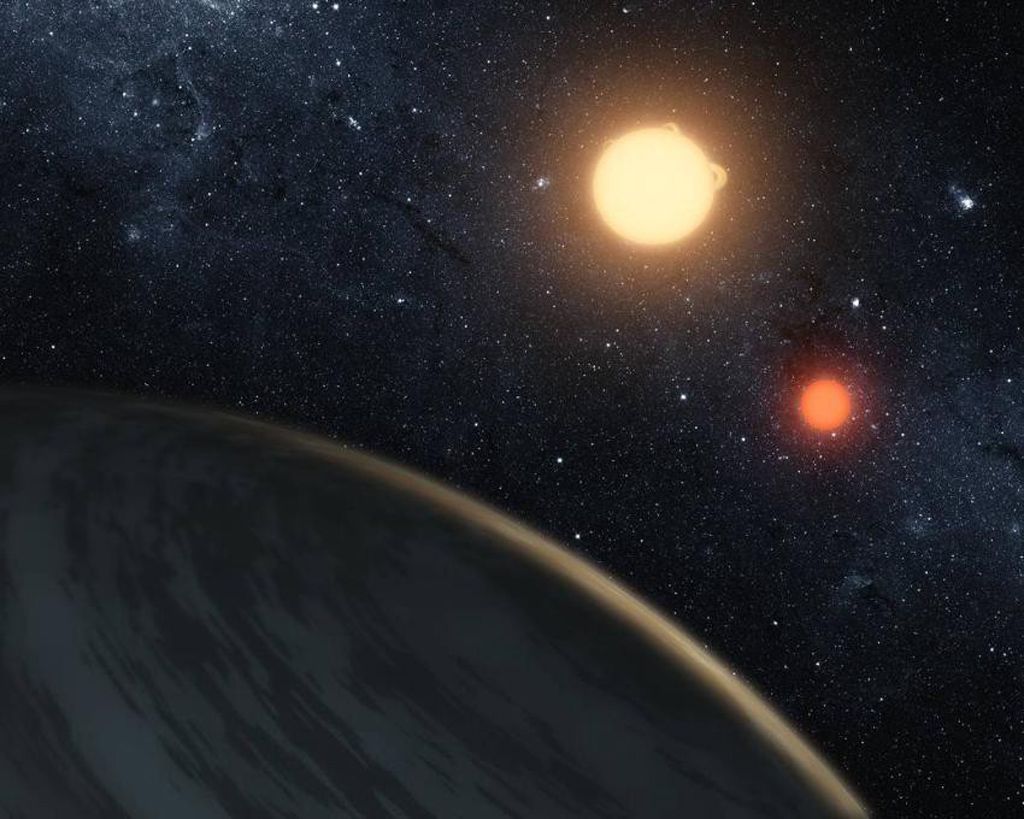Using radial velocity, astronomers at the 193-centimeter telescope at the Observatoire de Haute-Provence were able to detect the known exoplanet Kepler-16b.

Exoplanets, it turns out, are difficult to take detailed pictures of at this point in time. At best, you get a blocked-out star and a tiny bright dot next to it. Although our telescopes are improving decade by decade, we still have to imagine what these distant worlds might look like.
That’s not to say that we cannot detect exoplanets from the ground. While Kepler and TESS use the transit method of finding exoplanets — where they look for dips in the light of a star as a planet passes between the star and the space telescope — ground-based observations can also find and confirm worlds in other star systems. To do this, they use the radial velocity method, where they measure changes in the velocity of a star as an orbiting planet gravitationally tugs on it.
And astronomers using the 193-centimeter telescope at the Observatoire de Haute-Provence in France were able to detect the known exoplanet Kepler-16b. This particular world fascinated everyone when it was discovered ten years ago because it was the first circumbinary exoplanet discovered, proving that a world like Tatooine in Star Wars could and in fact does exist. The team chose this target to prove that their telescope could be used to find exoplanets, as Dr. Isabelle Boisse explains: Our discovery shows how ground-based telescopes remain entirely relevant to modern exoplanet research and can be used for exciting new projects. Having shown we can detect Kepler-16b, we will now analyze data taken on many other binary star systems, and search for new circumbinary planets.
The results of these observations were published in the Monthly Notices of the Royal Astronomical Society.
Good luck to the team in France. May you find many more circumbinary planetary systems.
More Information
RAS press release
“BEBOP III. Observations and an independent mass measurement of Kepler-16 (AB) b — the first circumbinary planet detected with radial velocities,” Amaury H M J Triaud et al., 2022 February 25, Monthly Notices of the Royal Astronomical Society
This story was written for the Daily Space podcast/YouTube series. Want more news from myself, Dr. Pamela Gay, and Erik Madaus? Check out DailySpace.org.
Article originally published on medium.com.





